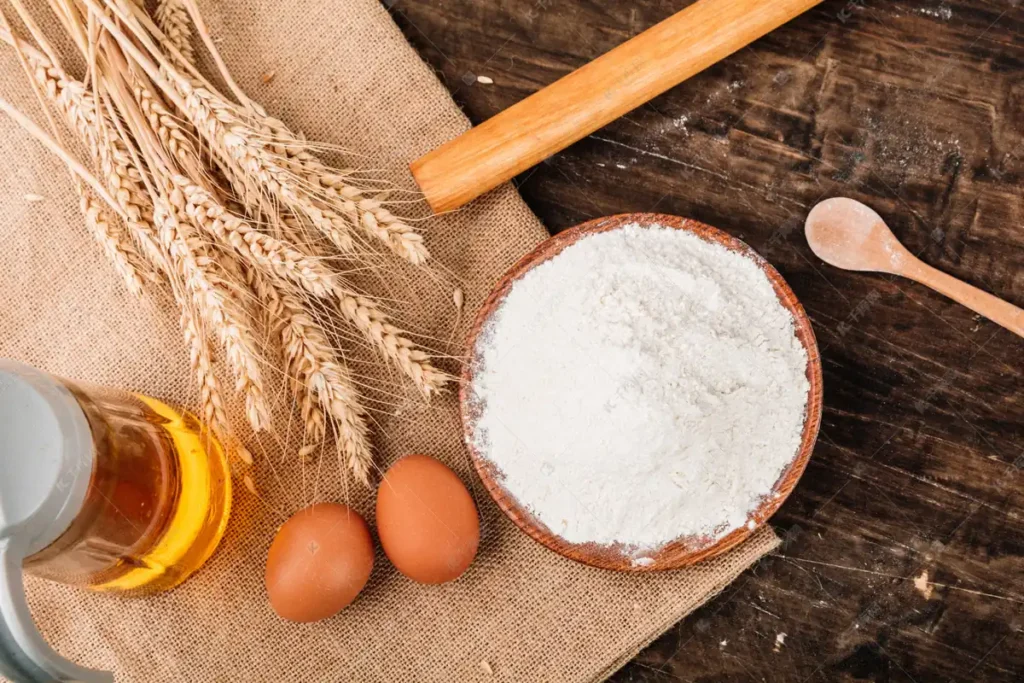Food -grade magnesium carbonate is usually produced through the following process:
- hydration
Magnesium oxide and water react to form a suspension of magnesium hydroxide (Mg (OH) ₂).
- Carbonization
The magnesium hydroxide suspension liquid is passed into the carbon dioxide (CO₂) to form magnesium carbonate (MgCo₃) precipitation.
- Filter and dry
Magly carbonate sedimentation is filtered and dried, and food -grade magnesium carbonate powder is obtained.
Food -grade magnesium carbonate is widely used in flour, mainly for the following purpose:

- Enhance the quality of flour
Magly carbonate interacts with protein in flour, enhances the structure of protein, and improves the ability to absorb flour.
- Prevent blocks
Magnesium carbonate has hygroscopic absorption and can absorb water in the air and prevent flour from lumping.
- Improve dough ductility
Magly carbonate reduces the protein interaction in the dough, making the dough easier to extend.
- Adjust the dough pH
Magnesium carbonate is a weak alkaline substance that can adjust the pH of the dough and make the environment of the dough more suitable for yeast fermentation.
- Whitening flour
Magnesium carbonate can reflect UV rays, making flour more whiter colors.
Content
The amount of food -grade magnesium carbonate in the flour is usually 0.02% -0.1%. The specific amount depends on the type, level and expected application of the flour. Excessive adding magnesium carbonate may cause the dough to become bitter and affect the characteristics of the dough.

